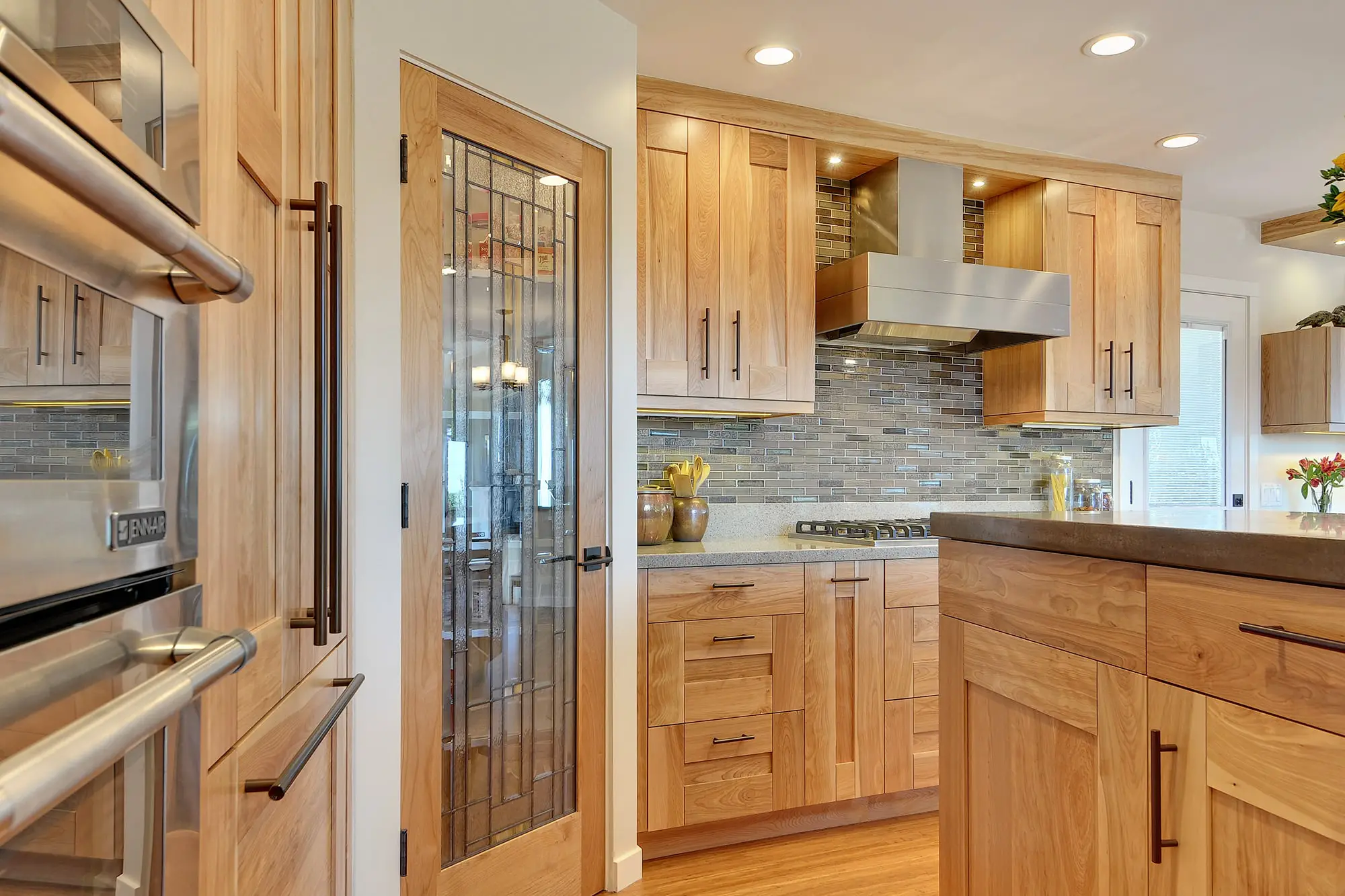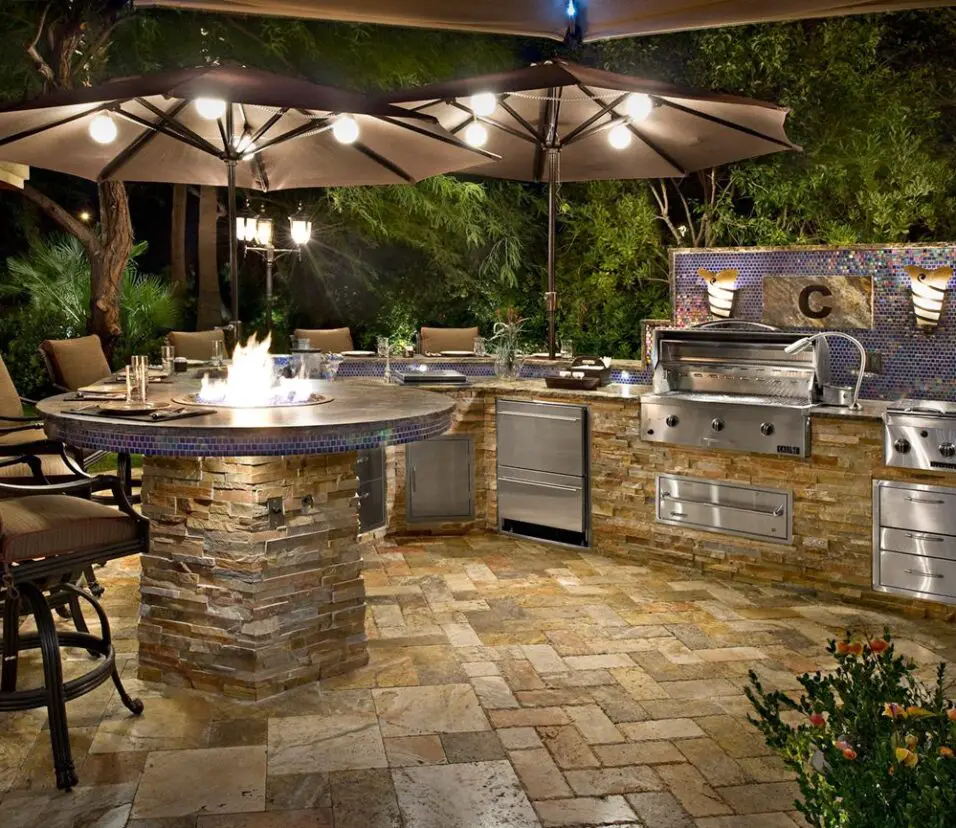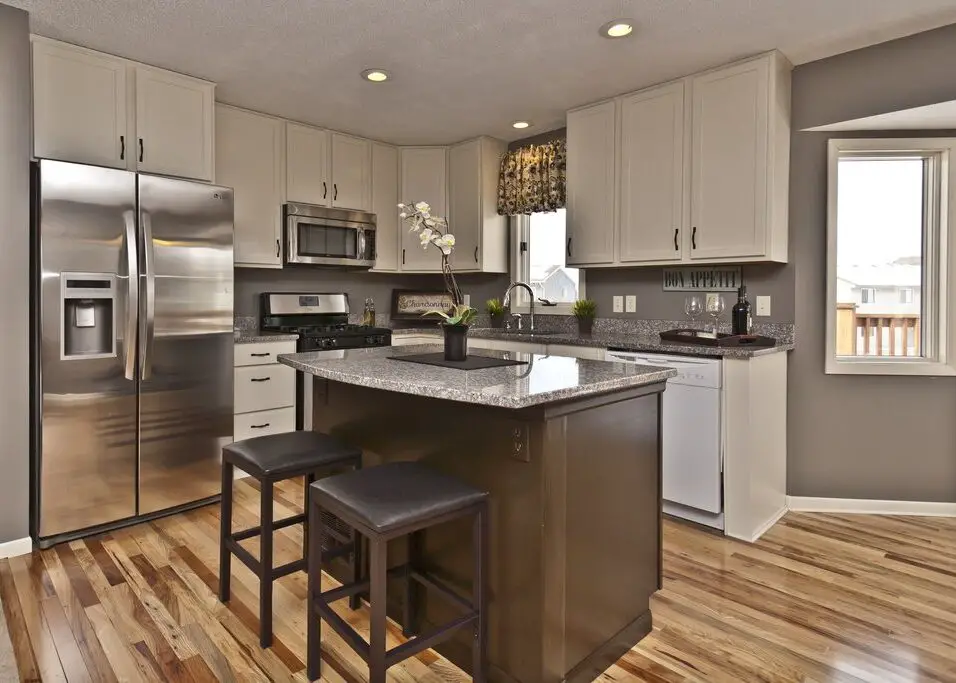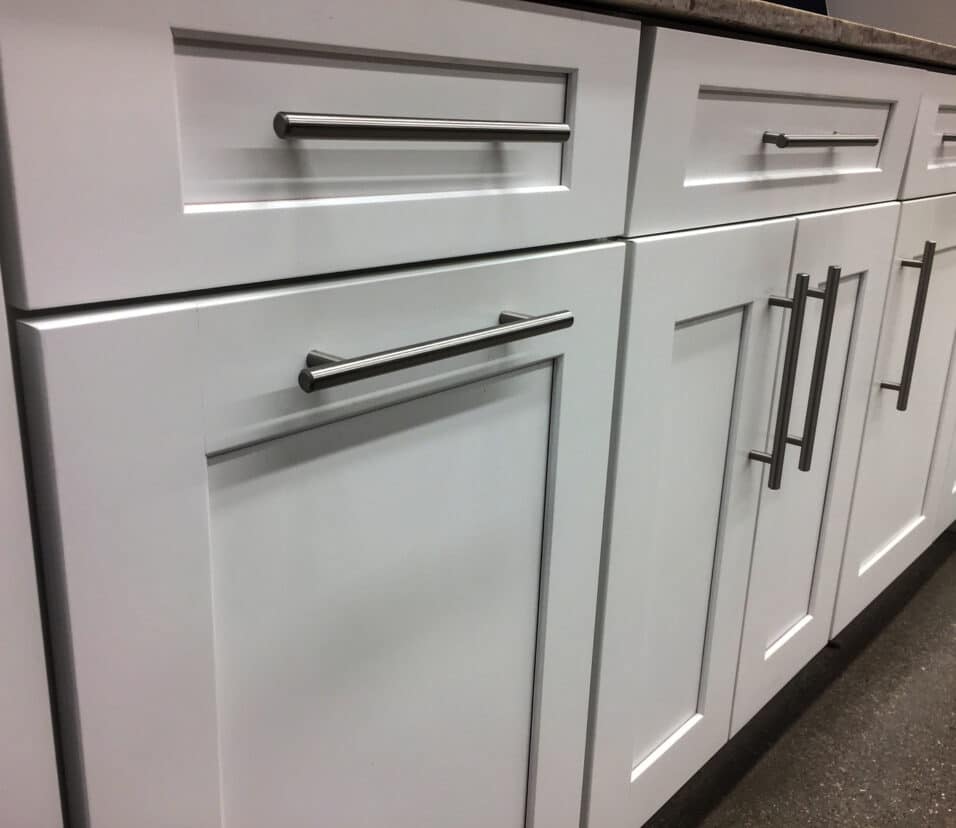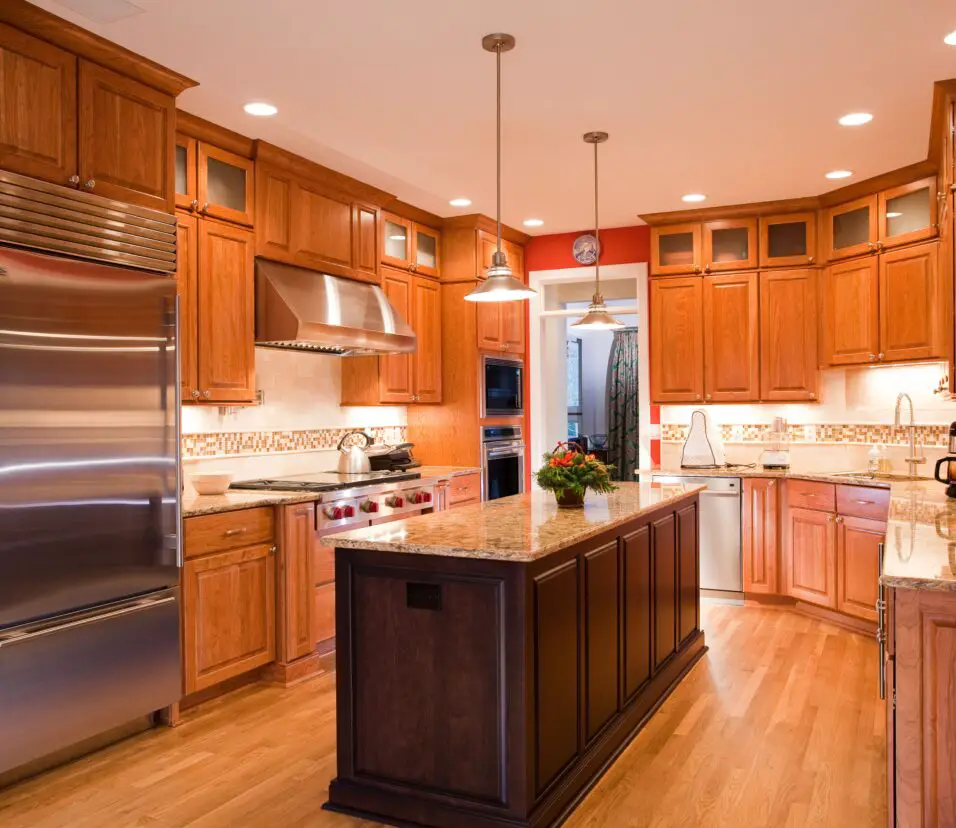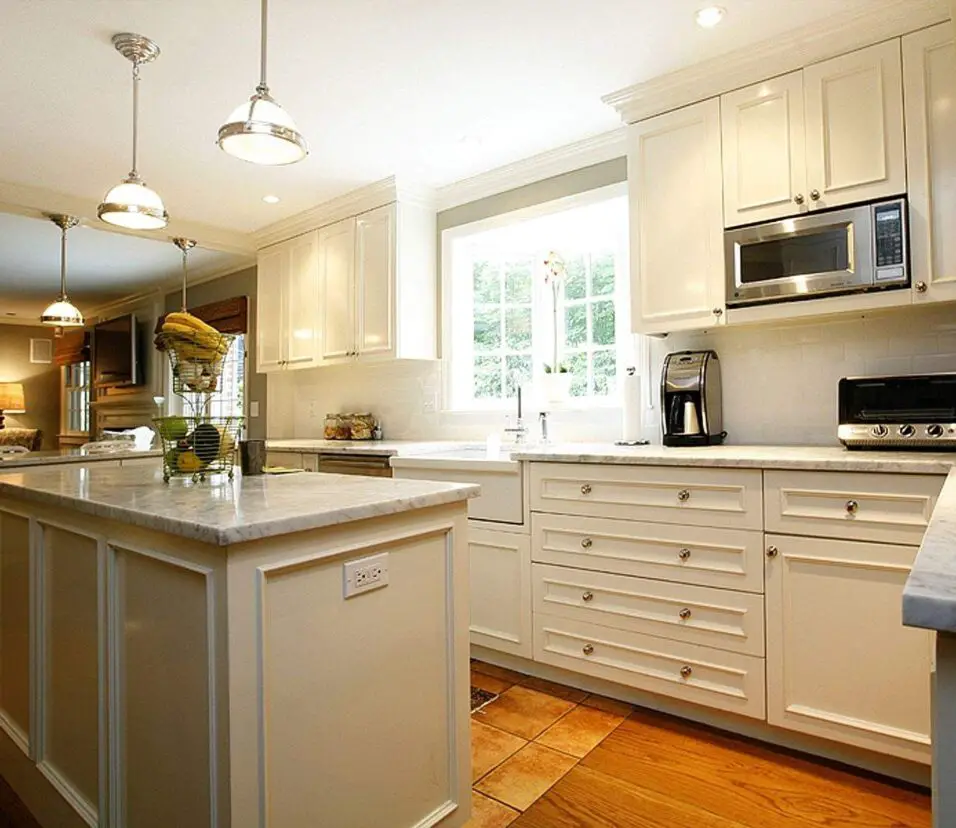How To Make A Kitchen Cabinet Door
Introduction
How To Make A Kitchen Cabinet Door: Making your own kitchen cabinet doors can be a rewarding and fulfilling project that adds a personal touch to your home while showcasing your craftsmanship. Whether you’re an experienced woodworker or a beginner eager to learn, crafting cabinet doors can be a delightful journey of creativity and skill development. Apply wood glue to the ends of the frame pieces and join them together. Use clamps to hold the pieces firmly until the glue dries.
Save money compared to buying pre-made doors but also have the freedom to customize the doors to perfectly match your kitchen’s aesthetics and functional requirements. So, put on your woodworking apron, gather your enthusiasm.Let’s embark on this fulfilling endeavor of crafting beautiful and functional kitchen cabinet. Use the router to add decorative profiles to the outside edges of the door frame for an extra touch of elegance.
Using the table saw or circular saw, cut the wood into the required pieces for the door frame. For a basic frame, you’ll need four pieces – two stiles (vertical pieces) and two rails (horizontal pieces). If you’re making a frame and panel door. Use a router to cut a groove along the inside edges of the frame pieces to accommodate the plywood panel.
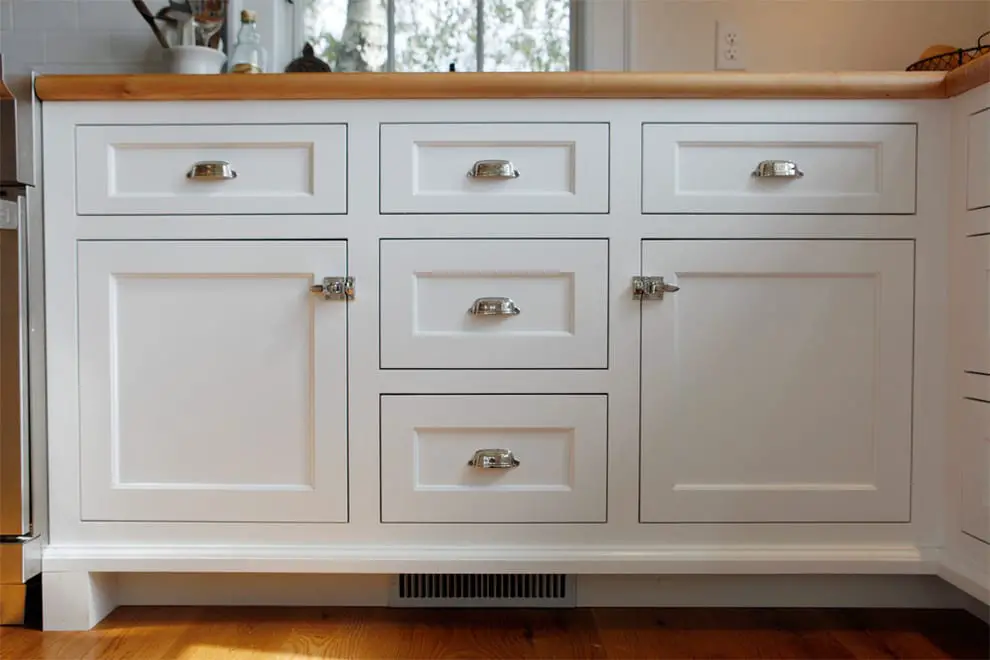
What material is used for kitchen cabinet doors?
Options are a-plenty and include plywood, particle board, solid wood and MDF. Often the style that you are after will determine the materials used, as each have both unique characteristics and limitations when used for cabinet door construction.
Solid Wood: Solid wood remains a timeless and popular choice for cabinet doors due to its natural beauty, durability, and versatility. Various wood species like oak, maple, cherry, birch, and pine are commonly used. Solid wood doors can be stained to showcase the wood’s grain or painted to achieve a particular color or style. While they are more expensive than some other options. The warmth and character they bring to a kitchen are unparalleled.
MDF (Medium-Density Fiberboard): MDF is a composite wood product made from wood fibers and resin, which are compressed and bonded together. MDF is a budget-friendly alternative to solid wood, and it offers a smooth and consistent surface for painting. It doesn’t have the natural grain of wood. But it is resistant to warping and cracking, making it a practical choice for painted or veneered cabinet doors.
Plywood: Plywood is another engineered wood product composed of thin layers of wood veneers glued together. It is known for its strength and stability, and it is less susceptible to expansion and contraction due to changes in humidity compared to solid wood. Plywood cabinet doors can be stained or painted. They are a popular choice for modern and contemporary kitchen designs.
Thermofoil: Thermofoil cabinet doors are made from MDF panels covered with a layer of heat-fused vinyl or PVC material. The thermofoil process creates a smooth and seamless surface that is available in various colors and designs. Thermofoil doors are easy to clean and are resistant to moisture, making them ideal for kitchens with high humidity levels.
Is it cheaper to build your own cabinet doors?
Building your own kitchen cabinets is only a feasible plan if you have plenty of time, a shop full of tools, and intermediate woodworking skills. While building your own cabinets saves about 66%, the cost of tools and time eats into this significantly for someone who is not an experienced woodworker.
Material Costs: One of the significant cost-saving advantages of making your own cabinet doors is the ability to choose affordable materials. While solid wood doors can be more expensive, using cost-effective options like plywood, MDF. Laminate can significantly reduce the overall expense. Additionally, buying materials in bulk or using leftover wood from previous projects can further cut costs.
Customization and Size: Store-bought cabinet doors often come in standard sizes and limited designs. When you build your own doors, you have the freedom to customize the dimensions and style according to your kitchen’s specific requirements. This prevents the need for expensive modifications and ensures a perfect fit for your cabinets.
Labor Costs: Purchasing pre-made cabinet doors usually includes the labor costs of manufacturing, packaging, and shipping. By taking on the project yourself, you eliminate these labor expenses, resulting in substantial savings.
Tools and Equipment: Building cabinet doors requires basic woodworking tools like a saw, drill, router, and sander. If you already own these tools or plan to use them for future projects. The cost of building the doors will be even more economical. However, for those starting from scratch, there may be initial tool investments to consider.
What type of plywood for cabinet doors?
A-grade plywood is ideal for furniture or cabinet doors. B-grade plywood also features a smooth, sanded surface, but may have more repaired defects up to 1-inch across.
B-Grade Plywood: B-Grade plywood is slightly lower in quality compared to A-Grade but still provides a decent surface appearance. It may have some small knots and imperfections but is generally smooth and suitable for paint or veneer finishes. B-Grade plywood is a cost-effective option for cabinet doors, especially. When aesthetics are not the primary concern, such as in utility rooms or workshops.
C-Grade Plywood: C-Grade plywood is commonly used for structural purposes, such as subflooring or wall sheathing. While it may have larger knots and imperfections, it can still be suitable for cabinet doors, particularly if they will be painted. C-Grade plywood is more affordable than A and B-Grade options, making it a budget-friendly choice for DIY projects.
Sanded Plywood: Sanded plywood refers to plywood with a smooth surface achieved through sanding. This type of plywood is available in various grades, and the level of sanding determines its finish quality. Cabinet doors that will be painted or coated with laminate or veneer frequently use sanded plywood.
Hardwood Plywood: Hardwood plywood is made from various hardwood species and provides a more decorative option for cabinet doors. It comes in different grades, with higher grades having a finer surface appearance. Hardwood plywood is an excellent choice for high-end cabinetry. Offering a beautiful natural grain that can be stained or finished to showcase the wood’s elegance.
Which door is best for kitchen cabinets?
Slab or Flat Style Cabinet Doors
Slab doors are smooth and flat, with a clean, minimalist look that’s perfect for contemporary or modern kitchens. This flat panel door style is also easy to care for and affordable.
Flat Panel Doors: Flat panel doors, also known as slab doors, have a minimalistic appearance with a flat and smooth center panel. These doors offer a sleek and modern look, ideal for contemporary and minimalist kitchen designs. They work well with both natural wood finishes and various laminates or paint colors, allowing for customization to match any kitchen theme.
Raised Panel Doors: Raised panel doors exude a sense of elegance and sophistication, making them a perfect fit for traditional or formal kitchen designs. The center panel of these doors is raised above the frame. Creating depth and visual interest. Raised panel doors often feature intricate details and decorative elements. Adding a touch of luxury to the kitchen space.
Glass Panel Doors: Glass panel doors can add a touch of sophistication and openness to kitchen cabinets. They are available in various styles, such as clear, frosted, textured, or leaded glass, allowing for different levels of visibility. Glass panel doors are an excellent choice for displaying decorative dishware or adding a visually appealing focal point to the kitchen.
Louvered Doors: Louvered doors feature horizontal slats, allowing air circulation and ventilation. They are commonly used for cabinet doors in areas like pantries or utility rooms. Louvered doors can add a unique touch to beach or cottage-style kitchens, creating a relaxed and casual atmosphere.
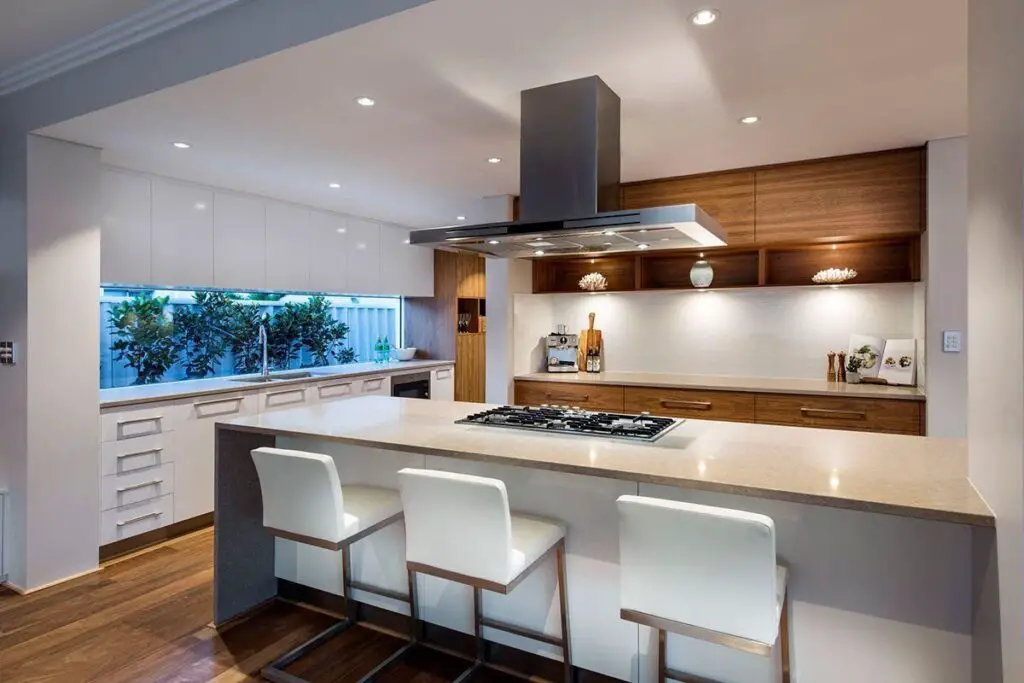
Which sheet is used for kitchen cabinets?
Plywood is preferred for its strength
Plywood is engineered wood made from sheets of veneer stacked perpendicularly on top of each other. Though on the slightly expensive side, this has been the most preferred cabinet material in the kitchen due to its strength.
Smooth Surface: MDF has a consistent and smooth surface, making it an excellent choice for painted cabinet doors and surfaces that require a seamless finish.
Cost-Effective: MDF is generally more affordable than plywood, making it a budget-friendly option for those looking to save on material costs.
Versatility: MDF can be easily shaped, routed, and cut into intricate designs. Making it ideal for creating decorative cabinet doors and panels.
For Cabinet Boxes: Plywood is often preferred for cabinet boxes due to its strength and durability. It provides the necessary structural integrity to support the weight of kitchen items.
For Cabinet Doors: Both plywood and MDF can be used for cabinet doors. Plywood is an excellent choice for those seeking a natural wood finish or prefer a more durable option. On the other hand, MDF is a better option for those planning. To paint their cabinet doors, as it offers a smoother surface for a seamless finish.
For Budget Constraints: If budget constraints are a significant consideration, MDF can be a cost-effective alternative for both cabinet boxes and doors.
For Customization: If you require intricate or custom designs for cabinet doors. MDF may be the better choice due to its versatility in shaping and routing.
What is the cheapest way to do kitchen cabinets?
If you want to change how your current cabinets look, the cheapest way to do it is to just reface them. This process includes either removing the stain or paint from the cabinets and adding new stain, varnish, or paint, or in some cases, refinishing the cabinets with a veneer that sticks on.
Painting Cabinets: Painting is an inexpensive way to change the look of kitchen cabinets. Cabinets that look old and worn can be quickly made to look better with a new coat of paint. Choose a color that goes with the style and decor of your kitchen. You can save even more money on work costs if you do the painting yourself.
Upcycling and do-it-yourself projects
If you want a unique and cheap kitchen, you could use old furniture or shelves from somewhere else. You can turn old desks, sideboards, or other pieces of furniture into useful kitchen cabinets with a little creativity and DIY know-how.
Ready-to-Assemble (RTA) cabinets come in flat packs and are made to be easy for the user to put together. They are cheaper than handmade cabinets or cabinets that have already been put together. You can choose from different styles and colors. Even though they need to be put together, RTA cabinets can be a good choice for people who want to save money.
Open shelving: Replacing upper cabinets with open shelving is a trendy and inexpensive way to make a kitchen feel more open and airy. You can show dishes, cookware, and decorative items on open shelves without having to pay for cabinet doors and hardware.
Cabinets on sale or that have been used: Look for kitchen cabinets on sale or that have been used but are still in good shape at local home improvement shops, salvage yards, or online marketplaces. Showrooms and shops often sell display cabinets at a discount, giving you the chance to get good cabinets for a small fraction of the cost.
What is the thickness of a cabinet door?
3/4″ Thick Standard door thickness for butt joint doors. Strong and stable for most standard cabinet door sizes. 7/8″ Thick Standard door thickness for miter joint doors. Stately and significant allowing for more detailed designs.
Although less prevalent, cabinet doors with a thickness of one inch can be utilized in high-end custom cabinets or for particular design preferences. The extra thickness gives the door a greater sense of mass and substance, giving it a more substantial appearance.
Cabinet doors made of thin veneer may be seen in some contemporary and minimalist kitchen designs. These doors are constructed using a substrate and a thin veneer of wood or other material that is typically between 1/8 inch (3 mm) and 1/4 inch (6 mm) thick. While these doors have a modern, airy appearance. Because they are not as strong as thicker doors, they might need to be handled with extra care.
Glass cabinet doors often come in various thicknesses, depending on the type of glass used and the overall design. Typically, glass panels for cabinet doors can range from 1/8 inch (3 mm) to 1/4 inch (6 mm) thick. Thicker glass panels are more durable and less prone to breakage.
Different cabinet styles may require different door thicknesses to achieve the desired look and proportions. For instance, raised panel doors often have a thicker frame to accommodate the raised center panel.
Thicker doors can support heavier hardware, such as decorative handles or pulls, without compromising structural integrity. If you plan to use substantial hardware, thicker doors may be more suitable.
Consider the thickness of the cabinet frame and how the doors will fit within it. The doors should align evenly with the frame to create a uniform and balanced appearance.
What is the thickness of kitchen cabinets?
Cabinet Wall Thickness: This is simply the thickness of the cabinet wall, top, sides and bottom and is normally either 15mm, 16mm or 18mm. A 3mm difference between the highest and lowest specification is not a huge amount, but an 18mm cabinet will ultimately be more robust than a 15mm.
As mentioned in the previous response, cabinet doors are generally 3/4 inch (19 mm) thick, which is the most common thickness for doors in standard kitchen cabinets. Thicker doors, up to 1 inch (25 mm), may be used for custom or high-end cabinetry to achieve a more substantial appearance.
Drawer fronts, like cabinet doors, are commonly 3/4 inch (19 mm) thick. Since drawer fronts are handled often, this thickness makes them strong and durable.
Plywood or particleboard between 1/2 inch (12 mm) and 5/8 inch (16 mm) thick is used to make drawer boxes. Thicker materials can support heavy drawers.
The back panel of kitchen cabinets, which provides structural support and stability, is usually 1/4 inch (6 mm) thick. This thinner material helps keep the weight of the cabinets down while still providing sufficient structural integrity.
Are standard thicknesses, custom cabinetry can have varying specifications based on the manufacturer’s or designer’s preferences. Additionally, some manufacturers may offer options for upgrading to thicker materials or construction methods for increased durability and quality.
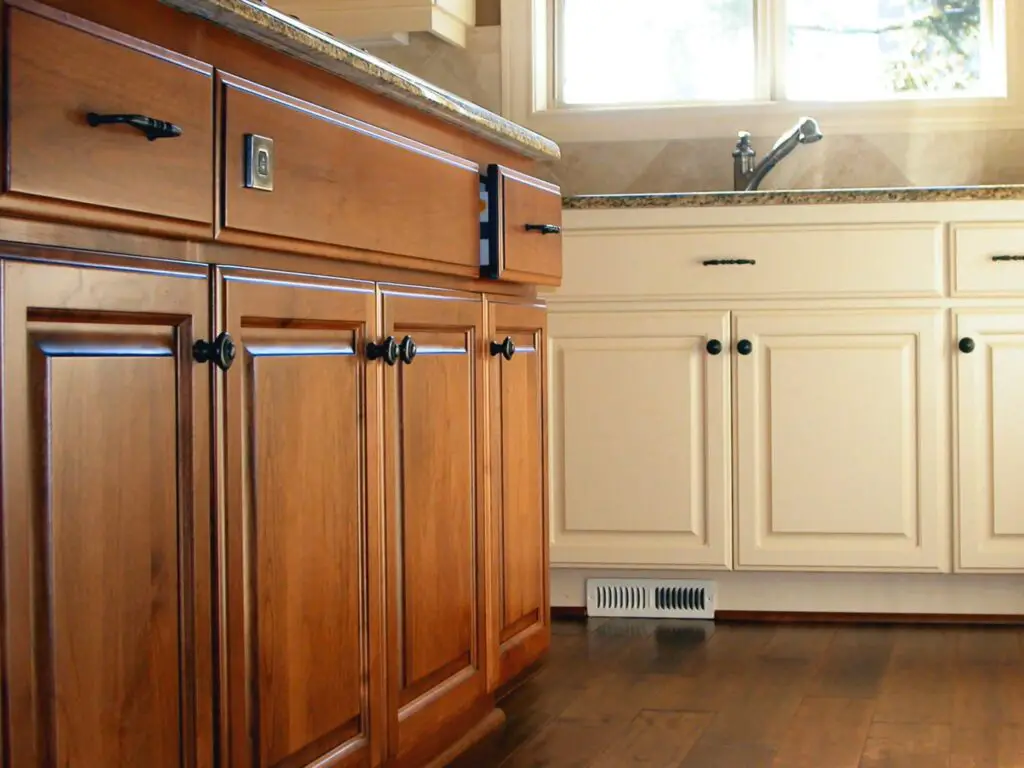
Conclusion
Making your own kitchen cabinet doors is a fulfilling endeavor that goes beyond merely saving money; it allows you to infuse your personality and creativity into your home. Your handcrafted doors are distinctive and will be admired by family and friends. Throughout this journey, you’ve honed your woodworking skills, gaining confidence as you tackled each step with precision.
Remember that practice makes perfect, and the more you engage in such hands-on projects, the more your skills will flourish. You now possess the knowledge to tackle more ambitious woodworking endeavors, further enriching your living space with custom creations. As you step back and admire your completed kitchen cabinet doors, take pride in knowing that your hard work and dedication have borne fruit.
Whether you’re an experienced woodworker or a novice in the world of DIY, this project has opened up new opportunities to explore and embrace the art of woodworking. Your cabinets are no longer just functional elements but beautiful works of art that add value and warmth to your home. When choosing the wood for your cabinet doors, consider factors like durability, appearance, and budget. Different wood species offer varying characteristics, from the fine grain of maple to the rich tones of cherry.



